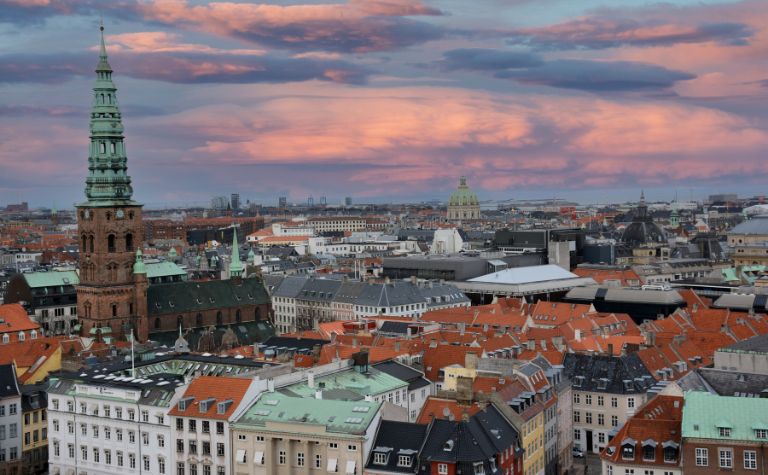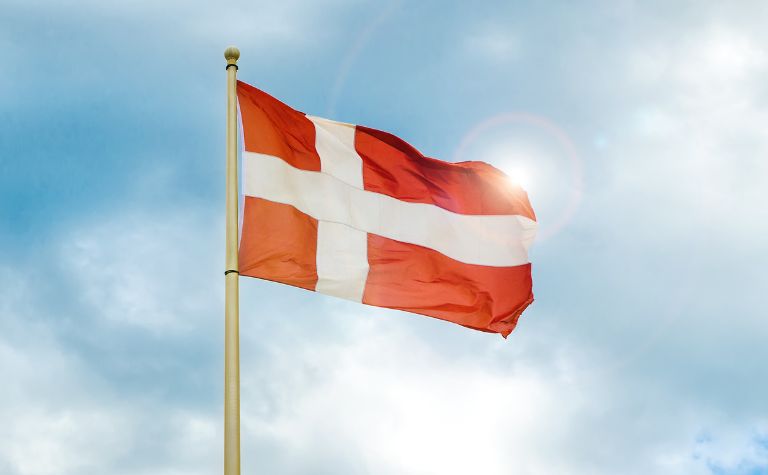Sweden is a relatively large country but has a rather small population. Its size would make one expect a much larger population, but it is much lower than in other similarly-sized countries.
This is an intriguing quandary and requires a bit of analysis to answer.
Sweden has a small population because much of the country is not suitable for agriculture, so it can’t support a larger population.
Sweden also has a low birth rate, which adds to the issue.
Despite that, it has a much larger population than Denmark and Norway.
This article will explore the reasons behind Sweden’s low population. It will also examine its population size against the populations of Norway and Denmark to see how they compare.
Also, see What Is There To Do In Sweden? to learn more.

How Much of Sweden Is Inhabitable?
The northern regions of Sweden have an inhospitable climate and almost no land for agriculture.
This means that more than half of the country is very hard to live in, even if it’s not quite uninhabitable.
The coastal regions to the south are much more hospitable, and most Swedes live there.
It is hard to say exactly how much of Sweden is inhabitable and how much is uninhabitable.
It’s more accurate to say that huge parts of Sweden are very difficult to live in, which made most Swedes settle in the coastal areas in the south. There are a few reasons for that.
Firstly, the climate in Sweden is generally cold. It gets increasingly cold the more one goes northward until it becomes almost completely uninhabitable.
Those harsh northern regions don’t have enough resources to support a large population and don’t offer much work, except, maybe, forestry during summer.
Most people found settling in the warmer regions to the south easier.
Additionally, much of Sweden’s land is covered by dense forests, and there are very few open fields where one can till the land.
Even where there is land, it is not arable because there are many large stones on it and under it, so it’s either impossible or difficult to work. [1]
Also, no trade routes go through the northern regions.
The trade centers were along the southern coastline, which drew even more people because they could easily sell their wares and communicate with the outside world.
These three influences mean that 97% of Sweden is not inhabited. Most of that land is covered by vast forests, and there are also many national parks and nature reserves. [2]
All these factors led not only to a low population but also to a very sparse population. Sweden has around 10.5 million inhabitants and an average population density of 26 people per square kilometer. [3]
However, Sweden’s population density can drastically vary from region to region. Southern and coastal regions have a much higher population density, which goes up to 282 people per square kilometer. [4]
The geography and climate of Sweden have left a lasting mark on the country’s population.
The harsh conditions in the north pushed many people to the south, where they created commercial hubs.
Those commercial hubs remain influential today and still draw many people to them, perpetuating the high population density.
Despite that, Sweden hasn’t enough space to support a large population.
Also, see Why Does Sweden Have So Many Islands? to learn more.

How Does Sweden’s Population Compare to Denmark’s and Norway’s?
Sweden has a much larger population than Denmark and Norway. Denmark’s population is around 5.8 million, while Norway’s is around 5.4 million.
Norway has a much lower population density than Sweden, while Denmark has a much higher population density than both.
Sweden easily tops the other two Scandinavian countries regarding population size. Their populations are individually almost half the population of Sweden.
This is most likely due to Sweden’s larger territory, which can simply accommodate more people.
Norway also has a much lower population density than both Sweden and Denmark. Norway’s population density is 15 people per square kilometer. [5]
This is surprisingly low, especially when compared to their neighbor Denmark.
Denmark has a population density of 137 people per square kilometer. [6] This is a rather high number, especially compared to its neighbors.
It’s also interesting to note that Denmark has the oldest population of the three, while Norway has the youngest. The median age in Denmark is 42.3 years.
In Sweden, it is 40.1, while in Norway, it is 39.5, making it a little younger than the other two.
However, both Denmark and Norway are smaller in size than Sweden, so it follows that they would have smaller populations.
Also, see What Type of Government Does Sweden Have? to learn more.

Why Is Sweden’s Birth Rate So Low?
Sweden’s birth rate has been steadily dropping for a few years now. This might be because many people feel that the future is not certain.
It could also be because there was a shift in the values, which moved away from family life to work.
Sweden makes it quite easy to combine work with having children.
Parents can get a 12-month parental leave, and there is subsidized child care which means that there is always someone to take care of the children.
Parents also receive money from the state to help them raise children.
These factors would make one expect Sweden to have a very high birth rate. However, the birth rate in Sweden is only around 1.7 children per mother, which is quite low. [7]
This result is very surprising and contrary to what might be expected from such a developed country.
One reason that may explain this is the uncertainty of the future. While Sweden is still very stable and egalitarian, it is hard to predict what the future may bring on a global scale.
With the environmental problems worsening, pessimistic potential parents may feel like there will be no world to leave to their children.
Another explanation might be a shift in the values. [8] It is possible that people care less about having children and a family and more about work and forming friendships.
Such a value shift leads to people simply being disinterested in having children.
Both factors might be true simultaneously. Different people might conclude not to have kids for different reasons.
Conclusion
Sweden has a small population because a lot of the country is very inhospitable, so it can’t maintain a large population.
Also, see Sweden vs. Finland: What’s the Difference? to learn more.
References:
[1] Source
[2] Source
[3] Source
[4] Source
[5] Source
[6] Source
[7] Source
[8] Source
